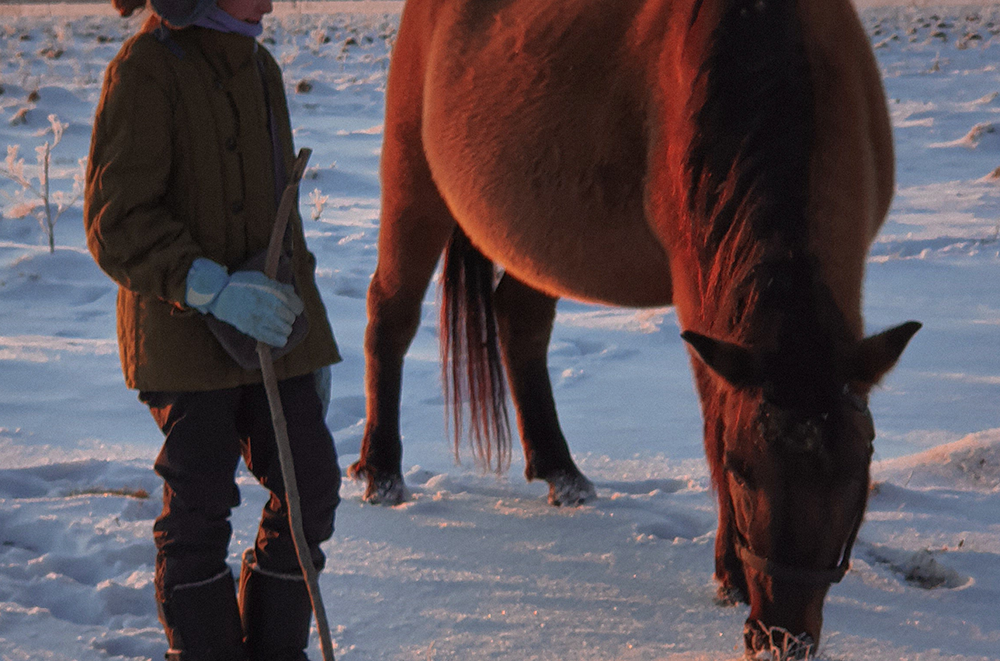Overview
The pink region on the map.
It should be noted that the Sakilans, like the vast majority of the common vnou, don't see themselves as separate or different from the others even if they techincally have a different cultural history or way of life. What tends to seperate or distinguish the vnou are their family castes, wealth, or Shra. Their world and people have largely been unified since the Reconstruction. Those that live in Sakila have adjusted to the vast, cold desert by living in larger, fort-like cities surrounded by thick walls to protect themselves against the chill winds and banditry that is common in the less civilized region. Thick furs, animal husbandry, and interior gardening is common to this way of life and adherance to some form of common law, which often varies city to city.
There are no paved, official roads that go into the heart of the Stryt Region, or through the vast majority of the land the Sakila live in. Because of this, what motorized vehicles that are owned tend toward useful production rather than travel. Tractors and short distance haulers around the few cities are used but it is far more common for vnou to invest in horses and yak. The animals are more suitable for the terrain and can survive off the scrub across the cold desert, requiring less in terms of technical or mechanical maintenence or knowledge in upkeep. The animals tend to be more reliable when it comes to travel.
Dress Code

by Ekaterina Kobzareva
The majority of the people in the Sakila don't bother with the processed textiles from the major coastal cities. They prefer to trade in leather, animal furs, and custom, knitted clothes. Almost everything sees a level of customization and hand-work that isn't found amongst the larger, civilized cities that boast factories and synthetic production. Layers of cloth and scarves are stylish with bright patterns to further distinguish and accentuate the 'hand crafted' quality of their clothes. It tends to be a mark of pride amongst the few cities in the Sakila.

by Maria Orlova
Architecture
Brick is a common building material. Thick walls help retain heat and even narrow windows provide wide sills to fasten iron brackets for window gardens, so even those without homes have ways to cultivate their own gardens. Apartments aren't common place - found only in the larger fort-cities but the narrow brick windows and iron bracket window gardens persist through the more rural areas, too. Even small business shops will tend to have their own greenery to tend to, often supplimenting the owner and worker's supplies.

by Yan Krukov
City Life
Each city is generally surrounded by large brick walls, frequently manned by city-guard that is paid for by taxes collected by the populace and managed by the elected Govenor of the city. Their food, water, and power is more-or-less self contained, requiring little by way of import outside of creature comforts or extras. Wool, food, dried plants, and spices are still a popular trade, but each city is still self sufficient in that it can survive on its own without trade being required. Small farming areas crop up outside the city walls but are considered part of the city when it comes to protection, taxes, and any other city services. Power is generated in a section of the city, primarily geothermal, but the grids are small and it is generally considered a luxury used for heating and sparse lighting. Candles and natural light are more common and preferred.
Country Life
Power and connectivity is much more scarce in the country. Banditry and lawlessness in common and it's difficult to tell who really is friend or foe. The wilds of the Stryt region and the vast area the Sakila live in are really untamed - so the vnou who tend to live there are rough around the edges. Survivalists, self sufficient to the extreme, and untrusting toward strangers. It's a necessity for their way of life, though there are notable exceptions to those they recognize as members of the Pra'Deylwata family. Amongst others that they know, those out in the wilds tend to be loyal and friendly. Communities aren't common, though, and houses are sporadic. There are a small handful of shanty towns that crop up around particularly powerful Shra who look out for the others.









Comments